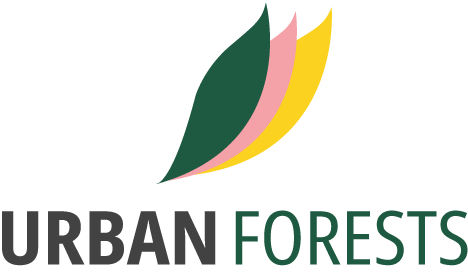SCHOOLS
Pupils in contact with nature !
A microforest beautifies a school and serves as a living laboratory where the pupils can observe local ecosystems up close. They can study the growth of trees, monitor interactions between species and understand the importance of preserving our environment. It’s a real opportunity to learn and become connected to nature.
green your school
Working together to preserve nature
Planting the trees is a participatory activity, involving pupils, parents and teachers. The pupils have a chance to be agents of change while closely following the development of the microforest throughout their time at the school. They learn to appreciate the specific things everyone can do to bring nature back into their living environment.
Making the school more attractive
Microforests create a stimulating and inspiring environment that supports the pupils’ emotional and mental well-being. Children grow up with the microforest and the school’s garden is more natural.
A participatory project
Creating a microforest mobilises pupils, teachers, parents and members of the local community, strengthening links within and outside the school.
Individual support
To ensure the success of your project, we support you every step of the way, from design and tree planting, to technical aspects and advice on the forest’s upkeep.
Impacts
There are many beneficial effects for your school :
- A restored area of native biodiversity in an urban environment
- Improved environment for pupils, thanks to the new forest in or near the school grounds
- Raised awareness of pupils regarding environmental issues
- Enactment of a participatory and unifying project for the school
- An educational aid for school learning
Examples of our work in schools
We have planted numerous microforests in schools, each adapted to its specific context. These initiatives have created healthier environments for the pupils, promoting their well-being, concentration and learning. The children are proud of what they have achieved.
4 years


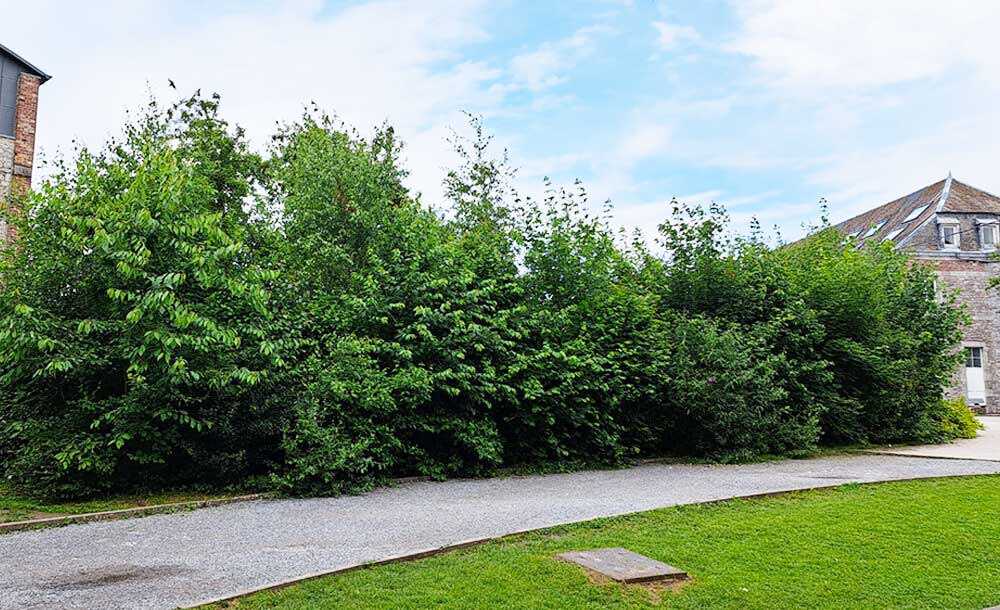
This school is located in a town centre, with buildings on all sides. The lawn in the middle of the playground was replaced by a forest ecosystem that the children can now see on every school day. It was planted in November 2019.
5 years

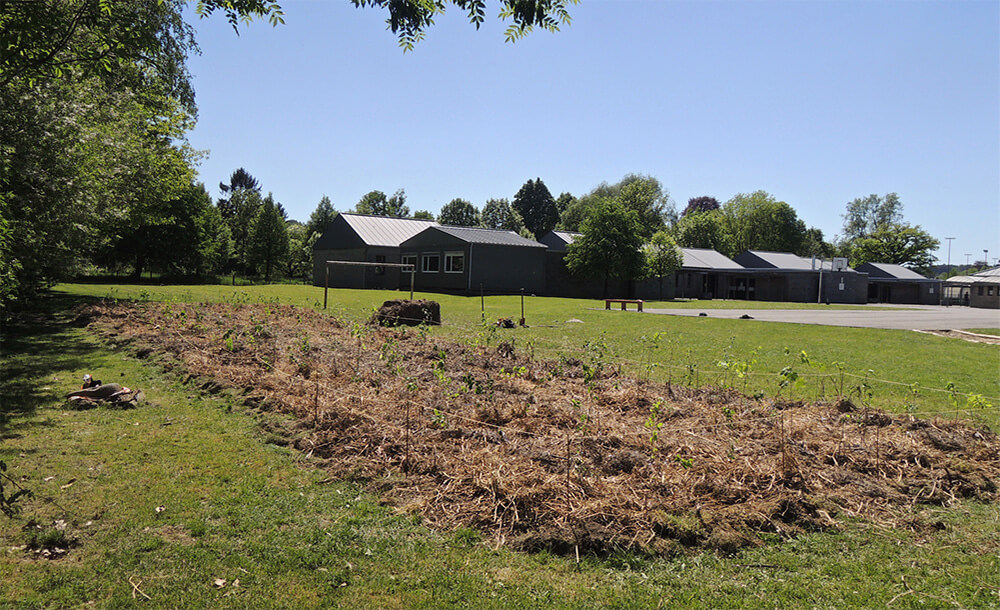
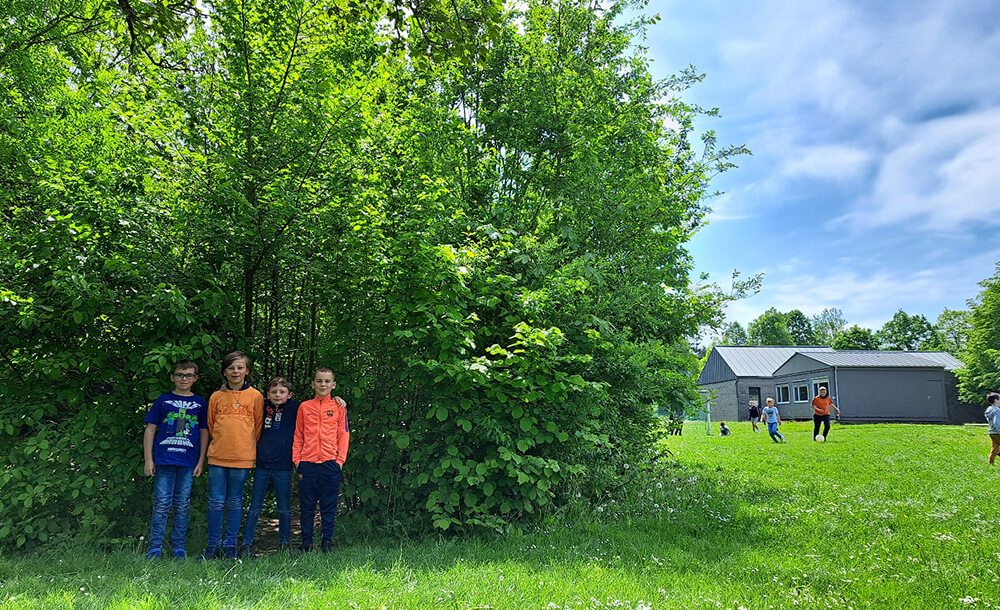
A Miyawaki forest planted in the grounds of the municipal school in Barvaux. The microforest has become a playground used daily by the schoolchildren.
5 years

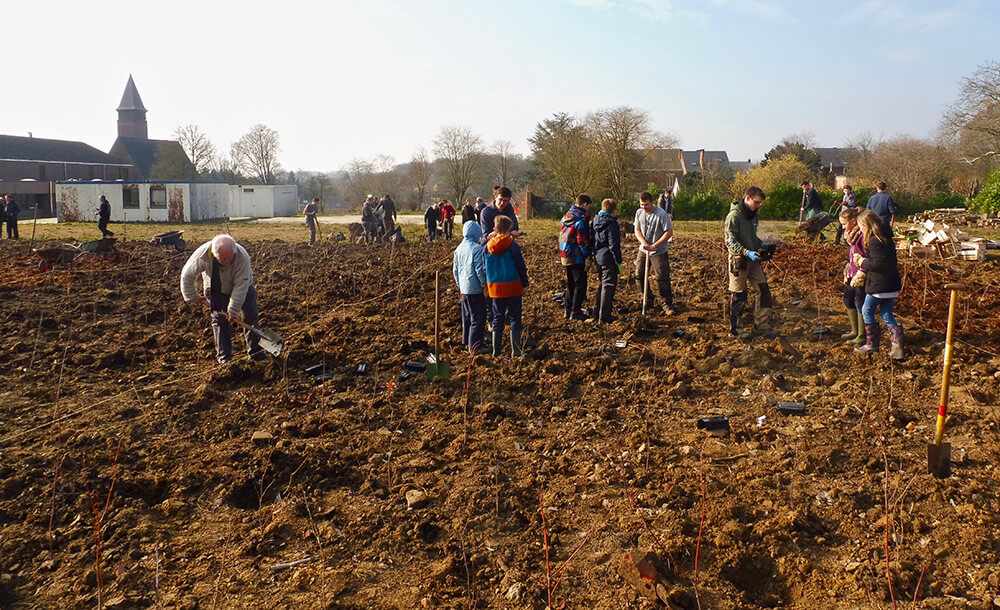
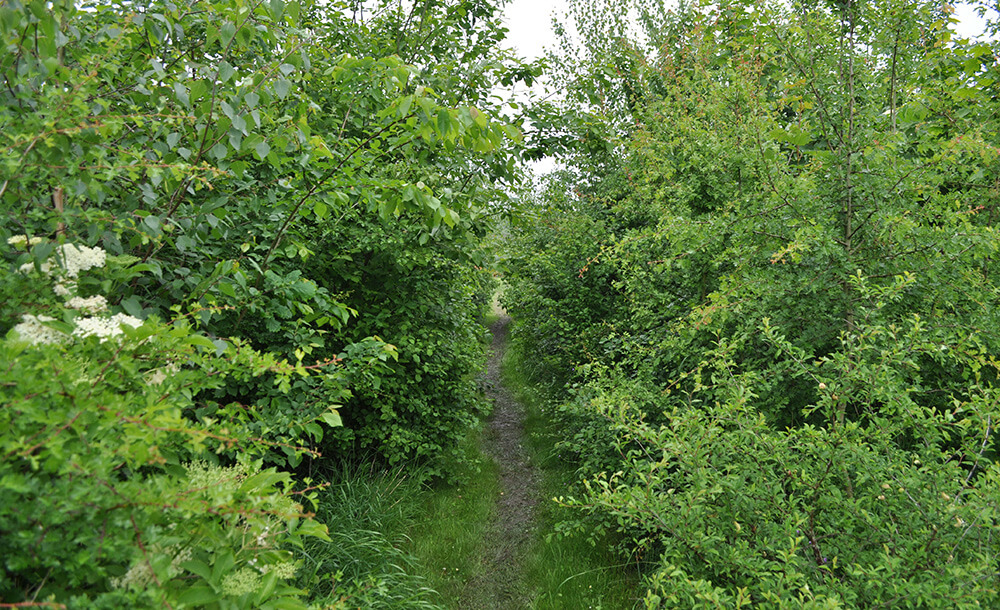
Planted where a greenhouse used to stand, with a floor made entirely of concrete, this site is now home to a beautiful microforest. School pupils and local residents alike reap the benefits when they pass through each day.
3 years

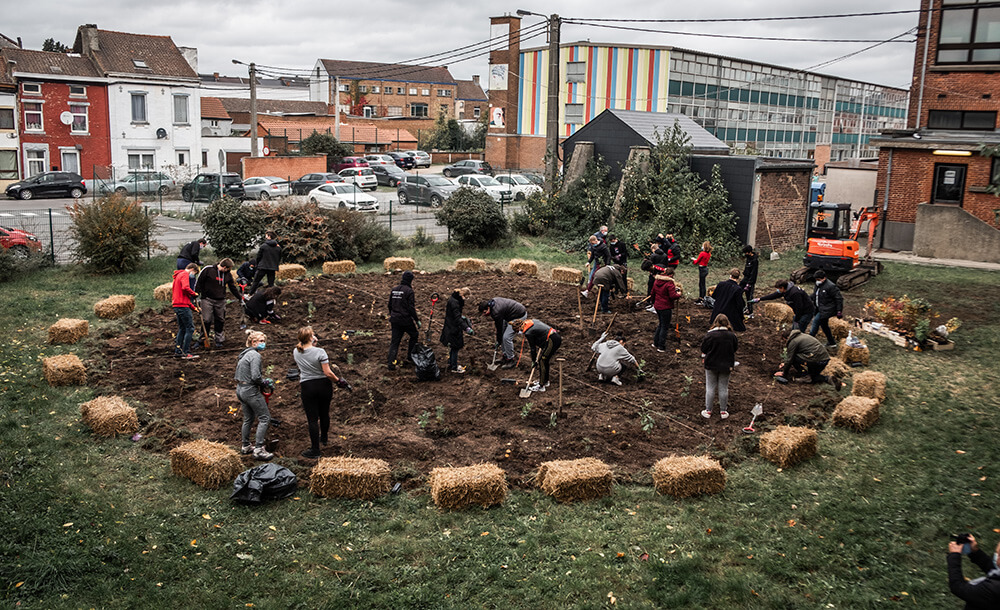
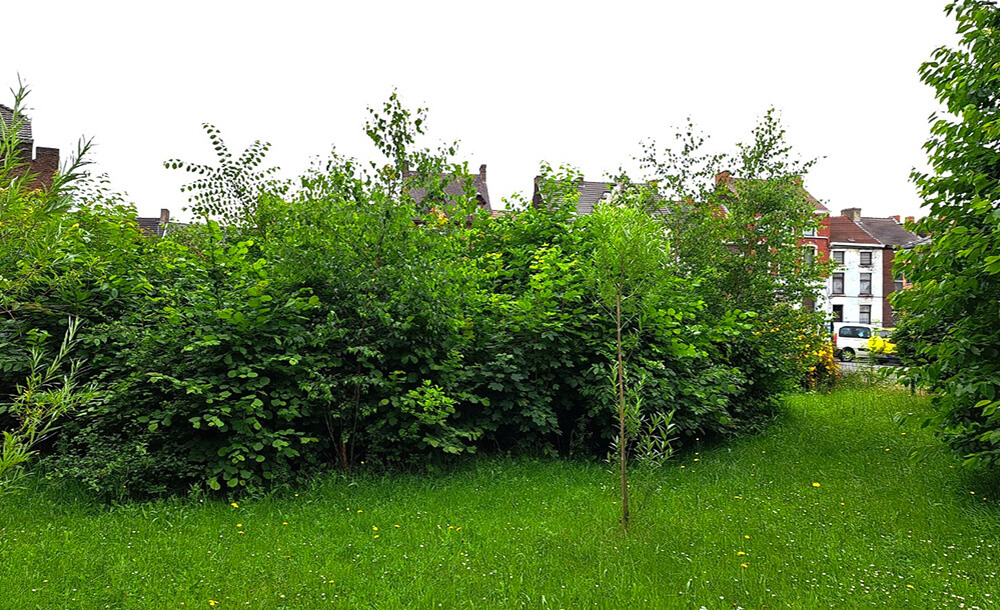
A micro-forest on a smaller scale created for the Athénée Royal in Gilly. The school uses the forest for its lessons on environmental topics.
3 years

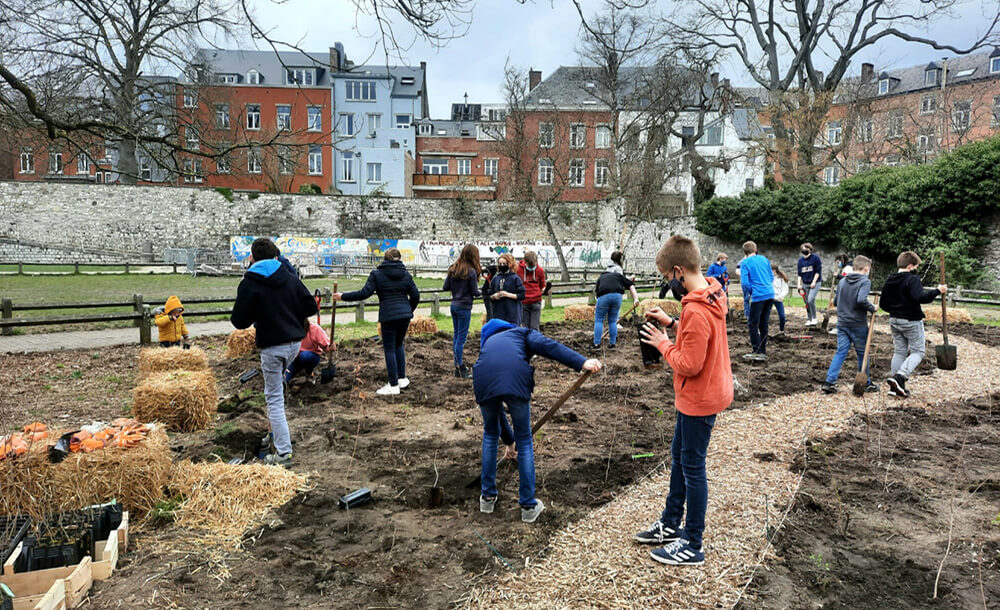

These children now enjoy an area of nature and biodiversity at the heart of their school, where previously there was just a hard-surfaced playground.
What other benefits might a microforest bring ?
Microforests are miniature ecosystems that combine environmental conservation with social benefits. They can perform a number of other functions :
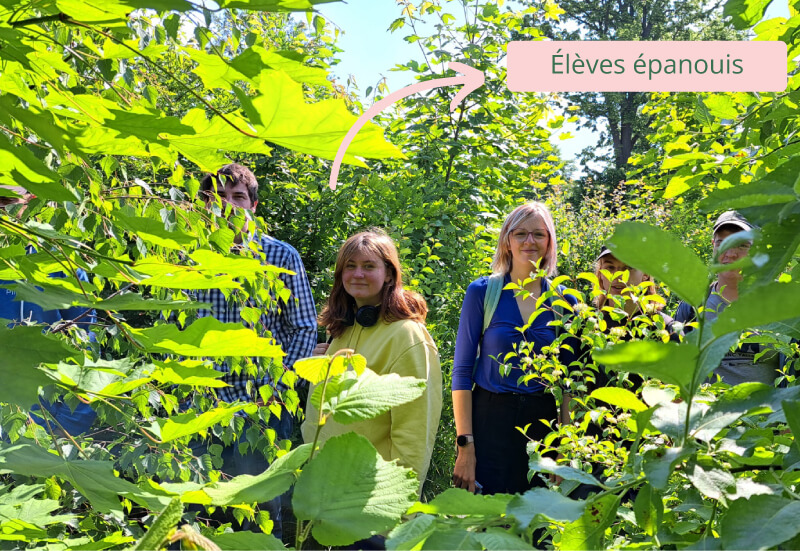
Natural spaces within a school are a wonderful source of inspiration and discovery, offering pupils unique opportunities to learn, observe and explore.

With their diversity of plants and trees, microforests can transform what are often monotonous spaces into a green paradise. The trees’ foliage or their bright autumn colours always provide inspiring visual scenery.
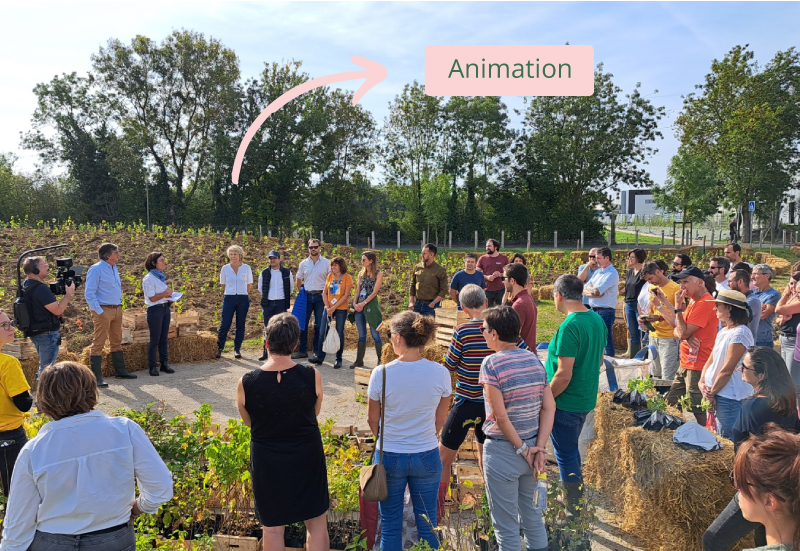
A microforest is a powerful tool for awareness-raising. It provides an immediate, tangible experience of nature that sensitises people for ecological issues.
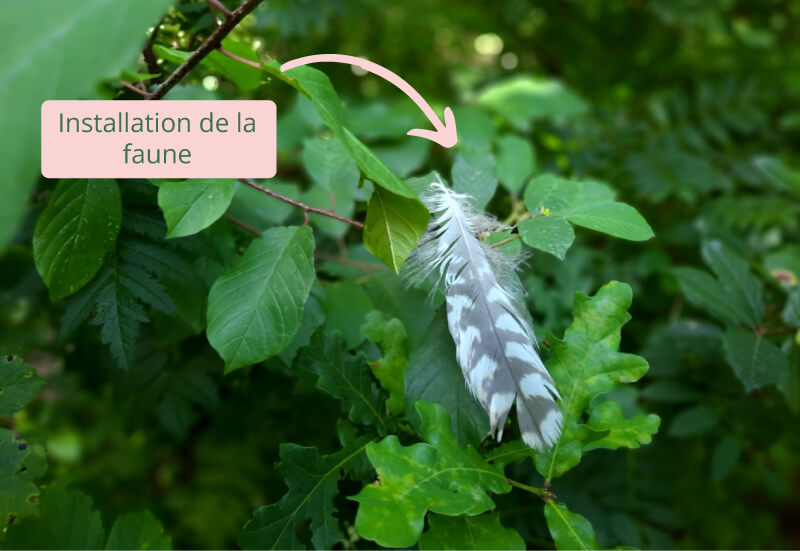
The forests attract an astonishing level of biodiversity, including birds, butterflies and fungi. Life teems abundantly in these green havens, as microforests invite nature to reclaim its rightful place.
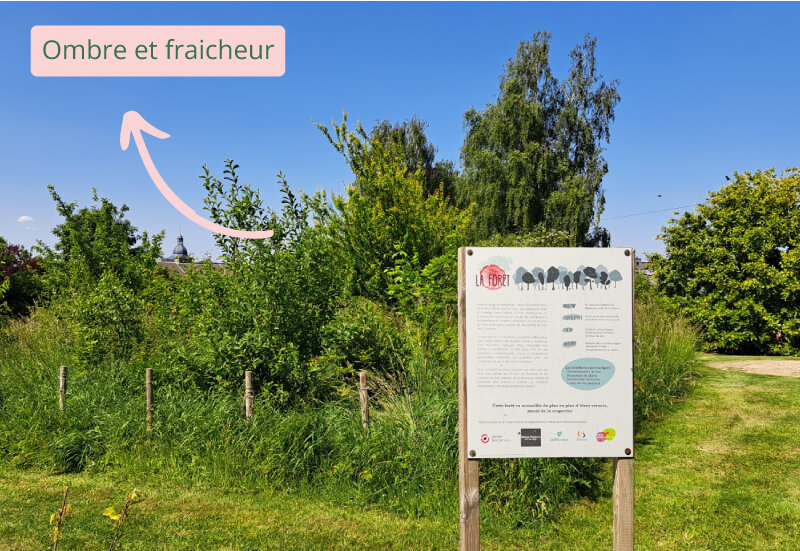
Miyawaki forests create a more comfortable microclimate for people in the immediate vicinity. Not only is the air cooler, it is also less dry, and the vegetation provides much appreciated shade.
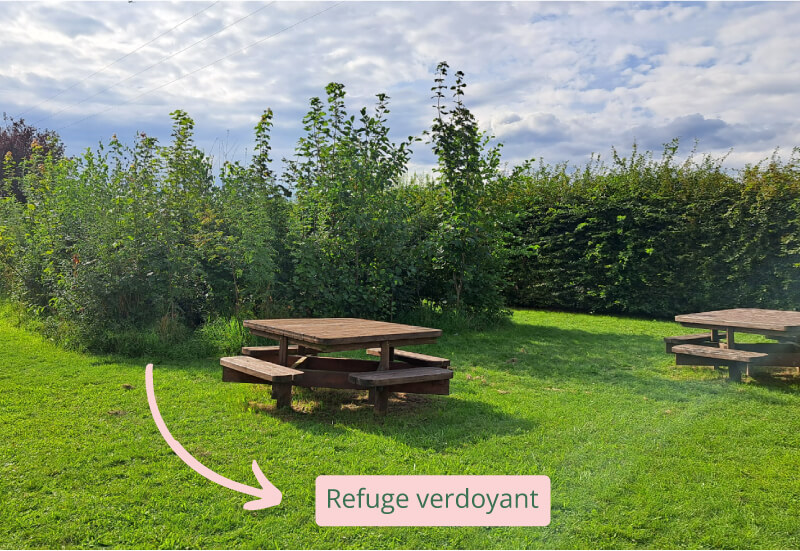
Because they are situated close to people – in gardens, around a neighbourhood, at schools and in workplaces – Miyawaki forests become meeting places; they encourage social interaction and strengthening community ties.
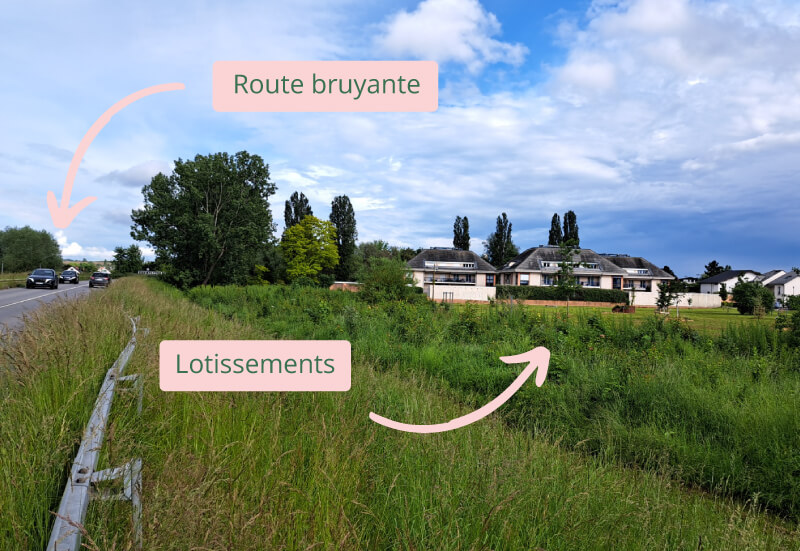
Microforests act as natural sound barriers, absorbing and diminishing ambient noise. The density of their foliage provides effective acoustic insulation that improves the comfort of work spaces.
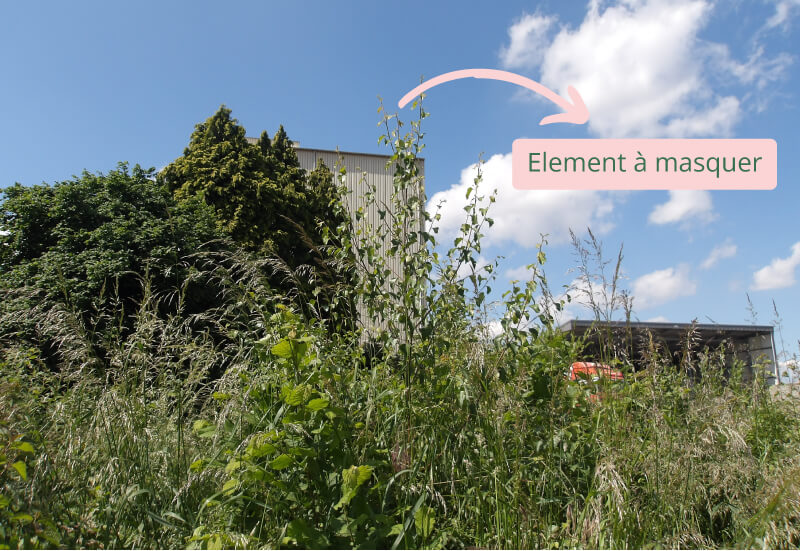
Microforests develop into natural sight screens that mask unappealing views. With their dense vegetation, they transform working environments into more aesthetic and calming spaces.
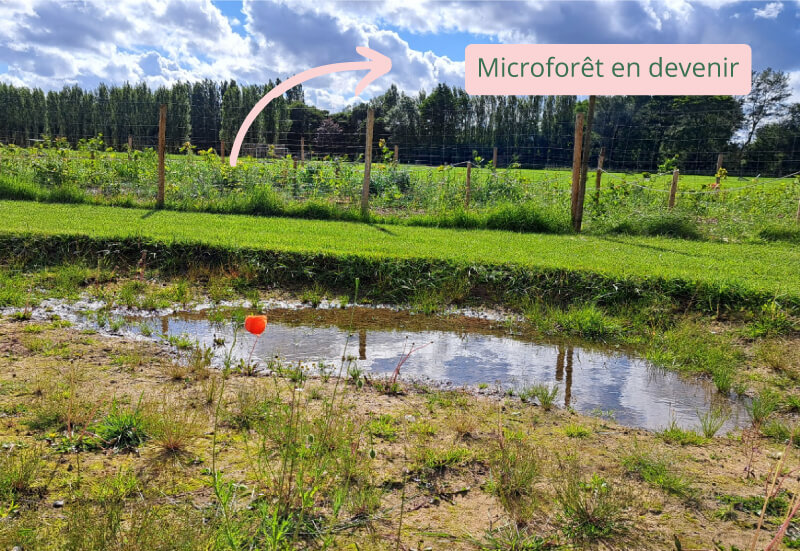
Miyawaki forests can help reduce run-off and erosion by retaining water and improving infiltration into the soil. The roots absorb rainwater and release it more slowly into the environment.
In de media
Some articles and broadcasts (in French) on urban forests planted at schools.
- Special report “Le développement durable au coeur de nos pratiques éducatives avec la plantation d’une mini forêt dans une école comme exemple d’action pratique” , Entrées Libres, November 2023
- Article in the newspaper Le Soir « Les effets bénéfiques d’une forêt centenaire en seulement 10 ans », February 2019
- Article in the magazine Symbioses n°123, « Une forêt à portée de main », Augustus 2019
- Article and audio broadcast by the radio channel RTBF, September 2024.
- Video broadcast by France 3, October 2019 – VIDEO
They came into the classrooms to explain the project, explain the many benefits for nature and the environment, teach the pupils to recognise the different species of tree, and so on. At the same time, they provided ideas on how to use the activity in the classroom. So that this project becomes a real global educational project in which all the pupils in the school take part.
Look at the joy of these kids – and not just them, but of everybody taking part in this reforestation activity. Fabulous. The awareness is growing !
A great experience. And the children were highly motivated.
